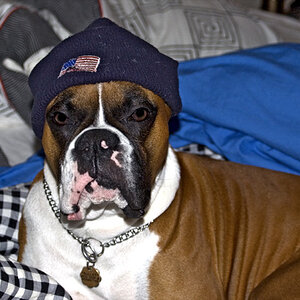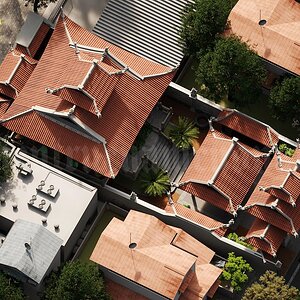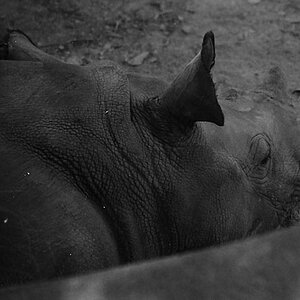Derrel
Mr. Rain Cloud
- Joined
- Jul 23, 2009
- Messages
- 48,225
- Reaction score
- 18,941
- Location
- USA
- Website
- www.pbase.com
- Can others edit my Photos
- Photos OK to edit
Not sure why anybody would want to debayer a Canon 5D series camera, when there is an entire system in place to supply mostly correct color reproduction, down to the most minute little pixel groupings, and when there is an entire system in place to determine color reproduction based on white balance settings, and when there is an entire system in place to adjust the image in relation to contrast level the photographer uses, a system to adjust the image in relation to the filter effects the system can analyze at breakneck speed, based on the Bayer array's color predictions and the WB, and so on and so on.
Why cripple a system that Canon has built for the entire camera?
PLUS...for the anally retentive, there is ALSO a full bit-depth .CR2 raw file that can be worked to whatever type of B&W image desired, using other types of B&W conversion software, from multiple vendors.
Because of the above basics, it seems to me that de-bayering the camera seems like, well, counterproductive, considering the engineerign sytetem that the Worlds' Number One camera maker has developed over the last almost two decades....
Why cripple a system that Canon has built for the entire camera?
PLUS...for the anally retentive, there is ALSO a full bit-depth .CR2 raw file that can be worked to whatever type of B&W image desired, using other types of B&W conversion software, from multiple vendors.
Because of the above basics, it seems to me that de-bayering the camera seems like, well, counterproductive, considering the engineerign sytetem that the Worlds' Number One camera maker has developed over the last almost two decades....


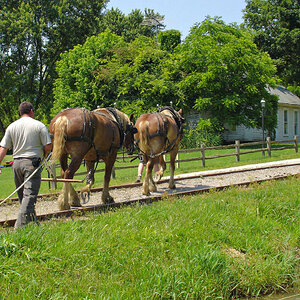
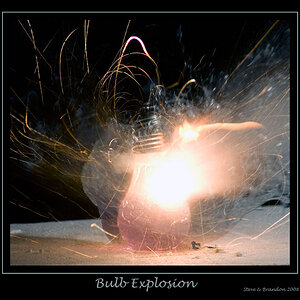
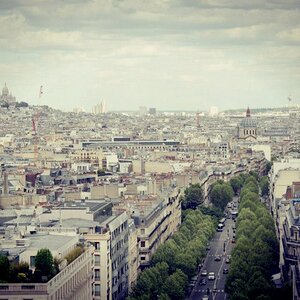
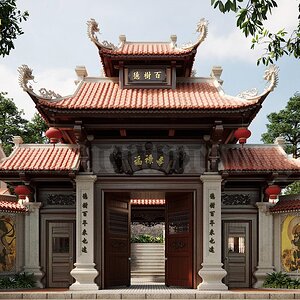
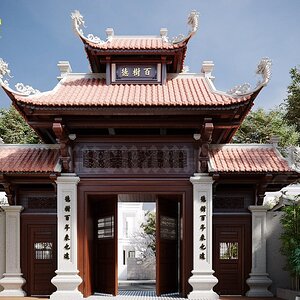
![[No title]](/data/xfmg/thumbnail/31/31751-fb2f68cca32f9eec468dbde7d649840f.jpg?1619734990)

